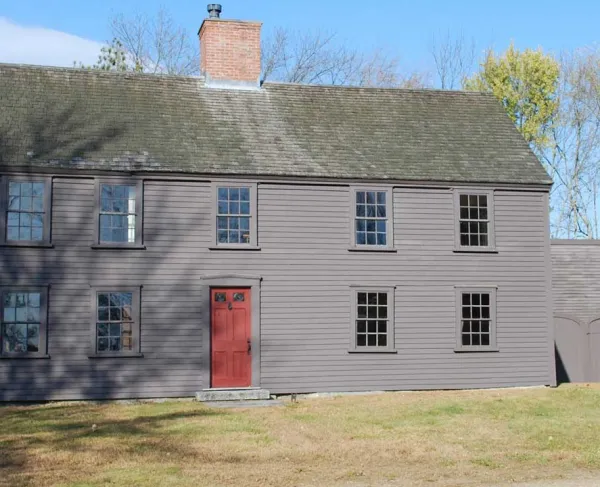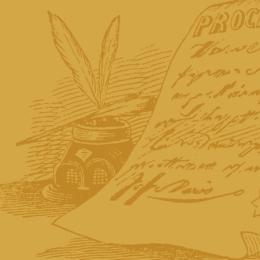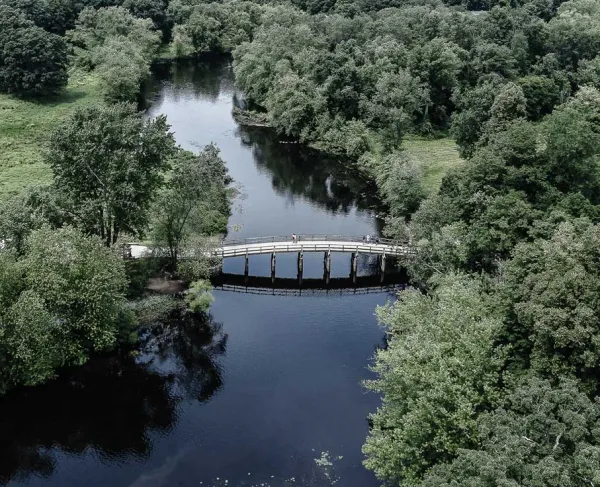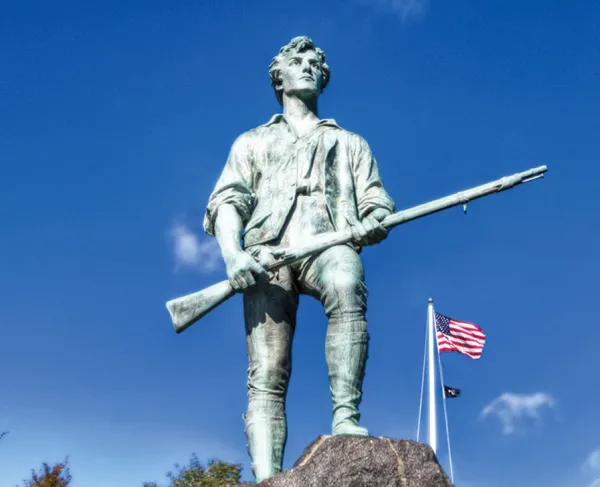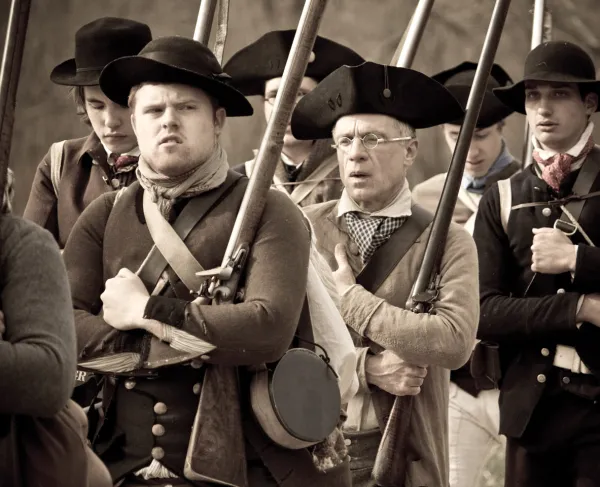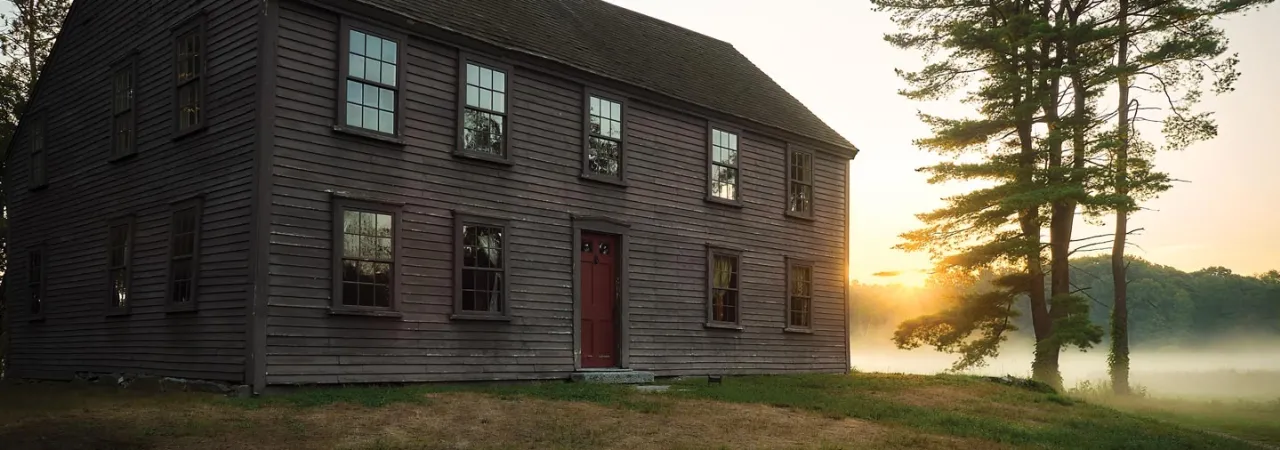
Meriam’s Corner, Concord, Mass
It had been an intense morning. What began as a confused skirmish on Lexington Green and a desperate stand at Concord quickly became an all-out, moving ambush, with 700 British soldiers running an eight-mile gauntlet of Patriot militia with their sights set on revenge. It was just after noon on April 19, 1775, and the first battle of the American Revolution wasn’t over yet — the day’s most intense fighting was about to begin.
British troops had begun their day hours earlier, marching into the small town of Lexington at dawn, where they dispersed more than 70 of Captain John Parker’s militiamen, and in a confused volley of fire, killed eight and wounded others before turning their attention to Concord, where close to 400 militiamen had congregated. Fighting over the North Bridge was the first intentional and organized engagement of what became the American Revolution.
Unsuccessful in his mission to seize munitions and well-bloodied at the bridge, Major John Pitcairn ordered his British troops to retreat back to Boston — but the American Patriots were poised for revenge, ready to pounce on the column as it marched along the narrow road out of Concord back toward Lexington. As the retreating British forces wound their way through farms and pastures, across narrow bridges and hemmed-in paths between stone walls, an afternoon of ambush awaited them.
Around 12:30 p.m., the British reached a crossroads known as Meriam’s Corner. From their vantage points behind the houses and barns of the settlement, Patriots watched and waited. A Patriot militiaman from Reading, Reverend Edmund Foster, recalled that “The British marched down the hill with very slow, but steady step, without music, or a word being spoken that could be heard. Silence reigned on both sides.” With the British light infantry now crossing a narrow bridge, the waiting Patriots had their chance. Ensign Jeremy Lister of the 10th Regiment of Foot later noted in his diary, “… immediately as we descended the hill into the Road the Rebels begun a brisk fire … it became a general firing upon us from all quarters, from behind hedges and walls …”
Continuing down the Bay Road (as Battle Road was known in 1775), the retreating British found no relief from the besieging Patriot militias, more of whom were waiting perched atop Brooks Hill. British Lieutenant Colonel Francis Smith of the 10th Regiment ordered an unsuccessful attack on the Patriots waiting there and quickly regrouped to continue the march down the hill. All the while, Patriot militiamen used their knowledge of the landscape to overtake the British advance, while more militiamen continued to pour into the area. Eyeing the British approach, Major Loammi Baldwin ordered his men to “scatter and make use of the trees and walls” to defend their attack. At this “Bloody Angle,” according to militiaman Edmund Foster, the British were hemmed “between two fires,” as Patriots attacked from both sides of the narrow road in a “short but sharp contest.”
An hour into their retreat, the British column now approached Lexington. Captain Parker, who had faced the British that morning on Lexington Green, collected his men for their turn at revenge. From their high ground, Parker’s men — many of whom had already faced the British that morning — launched their attack. At close range, the Patriots opened fire and continued their barrage as the British fell back to Lexington. Before it was over, the British managed to claim a few more casualties, including Jedediah Munroe, who had been wounded that morning on the Green.
Reflecting on the repeated Patriot assault, British Lieutenant John Barker recalled in his diary the continuous onslaught as the day continued: “[W]e were totally surrounded with such an incessant fire as it’s impossible to conceive.” General Thomas Gage likewise reported to the Earl of Dartmouth that “The Rebels attacked the King’s troops in several places, and killed and wounded a considerable number. The troops continued to retreat and were much fatigued.”
As evening set in, the retreating British troops still had a long way to go back to Boston — but along the Bay Road the Patriots had proved their mettle. It may have been the end of a disastrous day — but it was only the beginning of a war.
Related Battles
93
300

